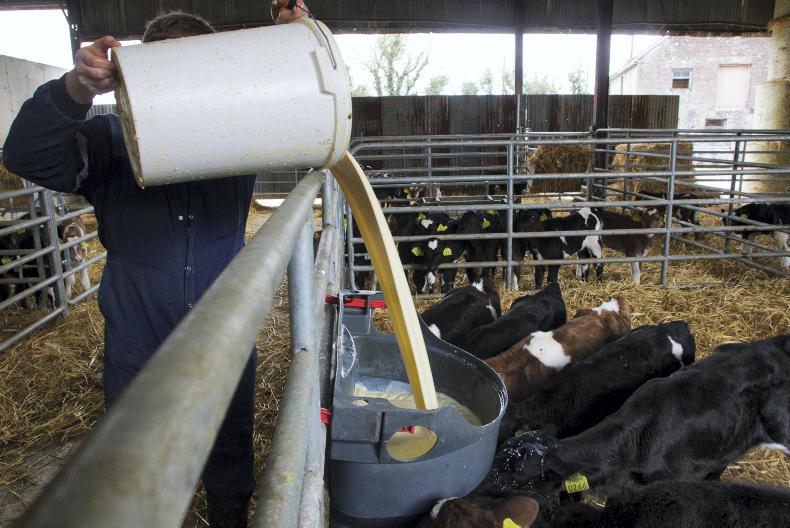Pasteurisation is a process used in food processing to reduce bacterial load. Some farmers that have a known Johne’s disease threat are pasteurising milk before feeding it to young calves. Is it a fool proof way of reducing Johne’s transfer?
AHI say where Johne’s disease is endemic and infection has been confirmed in a herd, pasteurisation of colostrum and milk from test-negative cows may increase the confidence that milk contains minimal Johne’s levels. However, milk from known test positive animals should not be used to feed any calf that will be retained for breeding purposes.
Pasteurisation can be an effective means to enable farmers to use colostrum and transition milk but it needs to be pasteurised at the right temperature and for the right length of time. Milk from cows being treated with antibiotics should not be used. Also remember over-heating may lead to the denaturing of the milk, whereas under-heating may result in a reduced capacity to inactivate Johne’s.
The pasteurisation disadvantage is the purchase price, and the technical input required for installation, calibration and ongoing maintenance of the unit. Each system has specific requirements for optimal operation.
After pasteurisation the milk or colostrum should be stored in a refrigerator at 4°C, in capped bottles or lidded containers to avoid faecal contamination. It should be used within two days. Some farmers have paid up to €15,000 for a pasteuriser. The alternative is to use milk replacer.
Read more
Special focus: animal health 2017
Pasteurisation is a process used in food processing to reduce bacterial load. Some farmers that have a known Johne’s disease threat are pasteurising milk before feeding it to young calves. Is it a fool proof way of reducing Johne’s transfer?
AHI say where Johne’s disease is endemic and infection has been confirmed in a herd, pasteurisation of colostrum and milk from test-negative cows may increase the confidence that milk contains minimal Johne’s levels. However, milk from known test positive animals should not be used to feed any calf that will be retained for breeding purposes.
Pasteurisation can be an effective means to enable farmers to use colostrum and transition milk but it needs to be pasteurised at the right temperature and for the right length of time. Milk from cows being treated with antibiotics should not be used. Also remember over-heating may lead to the denaturing of the milk, whereas under-heating may result in a reduced capacity to inactivate Johne’s.
The pasteurisation disadvantage is the purchase price, and the technical input required for installation, calibration and ongoing maintenance of the unit. Each system has specific requirements for optimal operation.
After pasteurisation the milk or colostrum should be stored in a refrigerator at 4°C, in capped bottles or lidded containers to avoid faecal contamination. It should be used within two days. Some farmers have paid up to €15,000 for a pasteuriser. The alternative is to use milk replacer.
Read more
Special focus: animal health 2017






 This is a subscriber-only article
This is a subscriber-only article










SHARING OPTIONS: